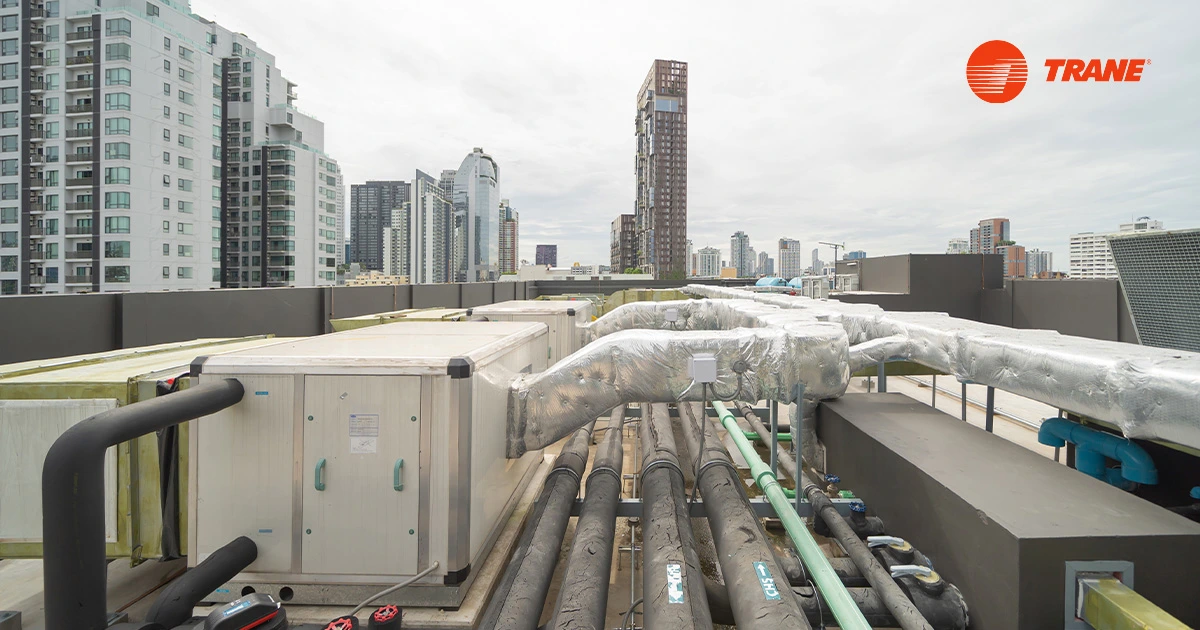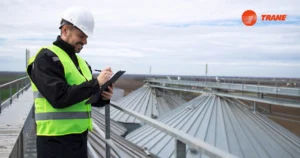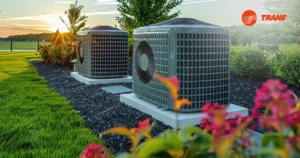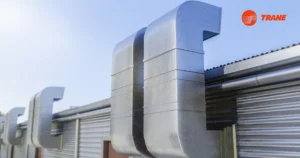The United Arab Emirates, with its soaring temperatures, iconic skylines, and relentless industrial growth, demands cooling solutions that deliver high performance without compromising efficiency. In this environment, an air cooled chiller becomes more than a piece of equipment—it is a critical component of a facility’s resilience strategy. From data centers facing high ambient heat to retail complexes in Dubai and commercial towers in Abu Dhabi, air cooled chillers offer advantages in installation speed, reduced water use, and operational simplicity, making them a compelling choice where reliability and uptime matter most.
Understanding Air Cooled Chillers
Air cooled chillers work by rejecting heat directly into ambient air, unlike water cooled systems that rely on cooling towers. This reduces the complexity of plumbing, water treatment systems, and risks related to water scarcity. In a country like the UAE, where desalinated water is expensive and environmental regulations are strict, reducing dependency on water for cooling operations has both cost and ecological benefits.
Modern air cooled chiller designs include features like variable speed compressors, advanced fans, and smart controls to modulate output based on demand. These enhancements help reduce energy consumption, lower operating costs, and extend system lifespan.
Market Trends in the UAE
The UAE is pushing aggressively toward more sustainable cooling infrastructure. District cooling is growing in prominence, but standalone cooling solutions like air cooled chillers remain essential in areas where district infrastructure is still developing, where modularity is needed, or where facilities require flexible capacity during peaks.
The business case for air cooled chillers is reinforced by rising electricity prices, increased regulations around energy efficiency, and incentives for green building certifications. These forces combine to make high-efficiency chiller technology not just a performance necessity, but a strategic investment.
Who Benefits Most
Several sectors gain particular advantages from air cooled chillers:
- Data centers that must maintain tight temperature control are especially vulnerable to heat spikes. Chillers with smart controls help protect uptime.
- Hospitality and malls in the UAE rely on consistency in guest comfort, often operating nearly 24/7 during hot months.
- Industrial facilities such as factories, warehouses, and food processing plants require large cooling loads but often lack access to water cooled infrastructure or want to avoid water treatment challenges.
- Commercial tower projects where cost, speed, and aesthetic considerations limit the installation of cooling towers or complex cooling loops.
Operational and Sustainability Advantages
Air cooled chillers reduce the need for water usage, which supports water conservation—an issue of rising concern across the UAE. Energy efficiency improvements also reduce waste heat and often tie in with local environmental regulations.
Some modern air cooled chiller units provide part-load efficiency gains through variable speed or multiple compressor staging, meaning that when full capacity is not required, energy use drops significantly. Reduced footprint, simpler maintenance schedules, and fewer moving parts also help reduce operational overhead.
Real-World Performance Case
According to a recent market report, the UAE District Cooling Market was valued at approximately 4 million tons of refrigeration (TR) in 2024, and is projected to exceed 5.68 million tons by 2030, growing at a compound annual growth rate (CAGR) of about 6.02%. District cooling installations in Dubai alone are estimated to have saved close to 650 GWh of electricity in 2020. MarkNtel Advisors
This fact demonstrates the scale at which central solutions are affecting energy usage, and underscores why air cooled alternatives that can integrate with or substitute for parts of district infrastructure are especially important.
Challenges and Mitigations
Air cooled chillers also face challenges in high ambient temperature environments, where their efficiency can drop relative to water cooled systems. To mitigate this:
- Proper sizing and over-sizing slightly to ensure performance during peak heat periods.
- Use of reflective building design and shading to reduce thermal load.
- Maintenance practices such as regular cleaning of fins and coils, preventative checks, and using high-performance fan motors.
Rental, Modular, and Backup Uses
Trane’s rental fleet can deliver air cooled chillers to support temporary requirements:
- Backup during outages of permanent systems.
- Scalability for events, short-term construction phases, or peak load scenarios.
- Modular deployment for expansion or experimental projects without large capital commitment.
These uses make air cooled units essential for businesses seeking flexibility.
Integration with Other Systems
Air cooled chillers often work in tandem with cooling strategies such as free cooling, ventilative approaches, or hybrid systems. In some master-planned communities and campus developments in the UAE, air cooled chillers complement district systems during peak hours or serve as supplemental capacity.
Successful integration also depends on controls, monitoring, and operator training, ensuring that the chiller system responds to demand rather than idle.
Cost Considerations
The capital cost of high-performance air cooled chillers is lower than comparable water cooled systems when considering installation, water supply, and water treatment infrastructure. Operational expenses can also be more predictable because fewer components are exposed to environmental stress.
Enhanced technology and efficiency often justify higher upfront cost via savings in electricity, maintenance, and water use over the system’s lifetime.
Conclusion
In the UAE’s hot climate and fast-paced building growth, cooling solutions must deliver reliability, efficiency, and adaptability. Air cooled chillers offer all three, especially when paired with robust service, smart deployment, and forward-looking design. As the country continues to build out cooling infrastructure and adopt more sustainable practices, facilities that invest in scalable and efficient cooling will lead in resilience and cost control. For businesses looking toward large-scale urban or development reliability, Trane’s flexible solutions integrate well with a broader district cooling system strategy, enabling continuity, efficiency, and environmental responsibility.




